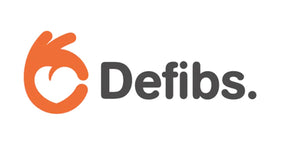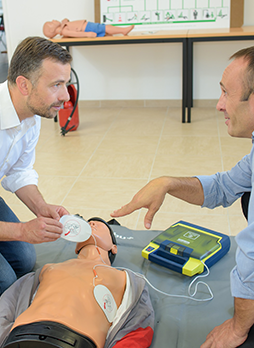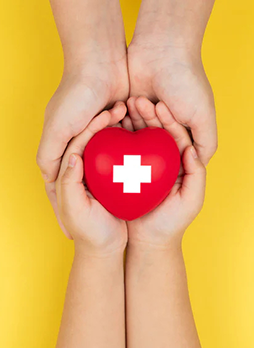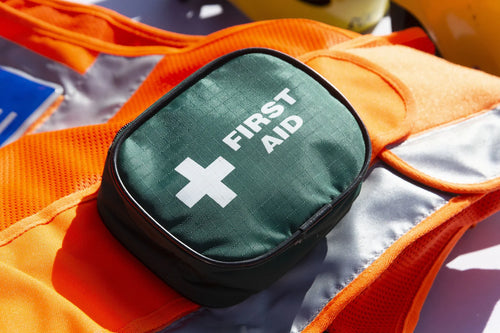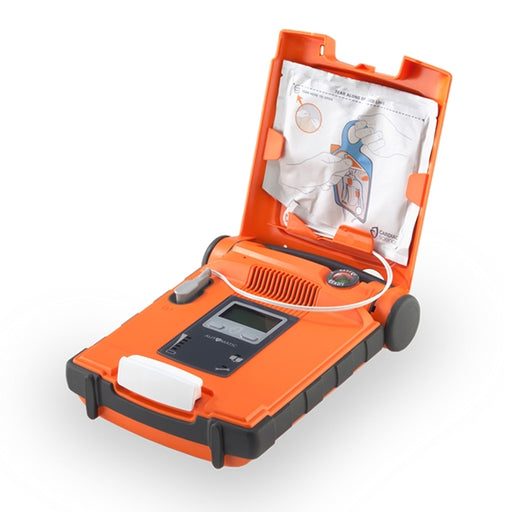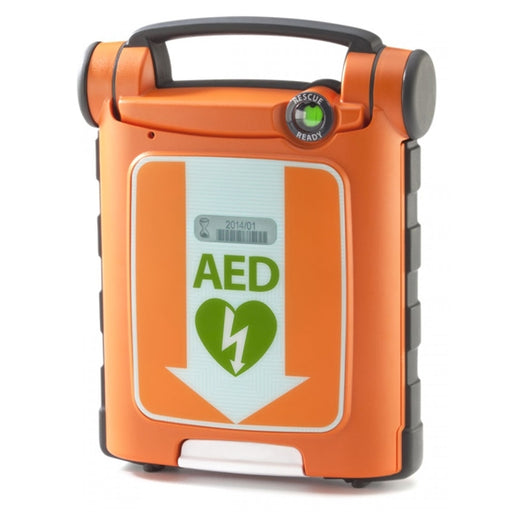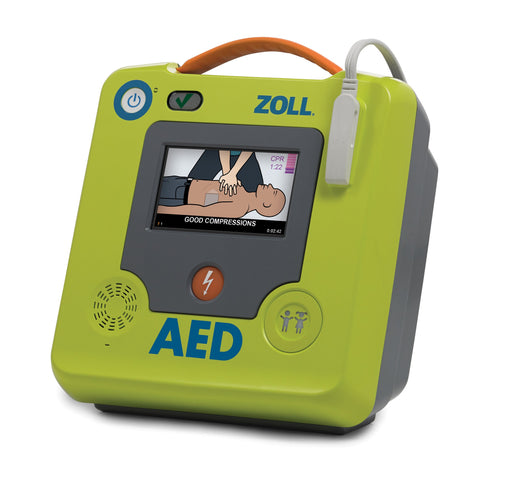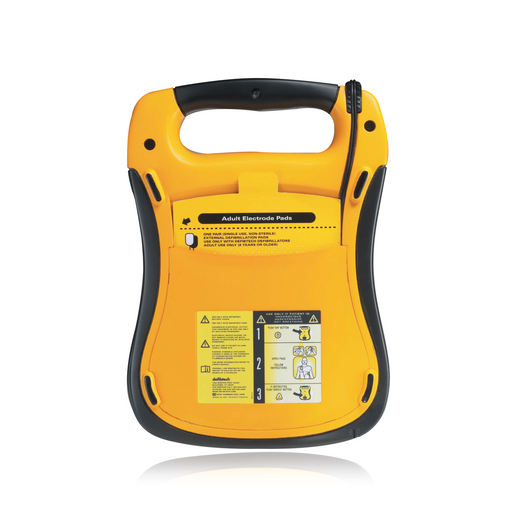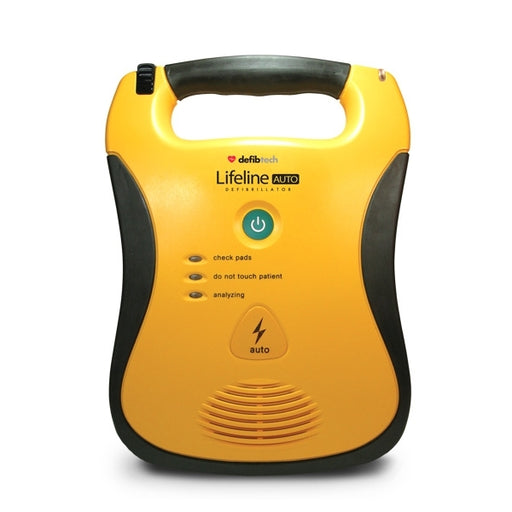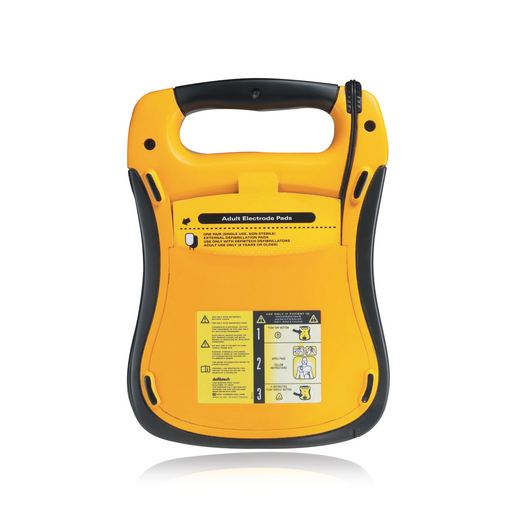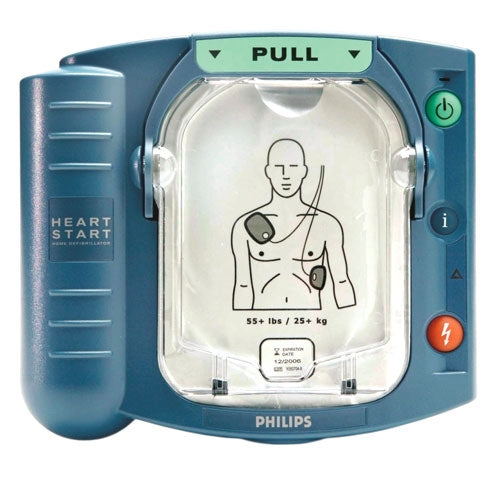Our FAQ section below covers everything from what a cardiac arrest is to how to use a defibrillator safely.
Cardiac arrest is a serious condition that can cause the heart to suddenly stop beating. It is a leading cause of premature death and can happen to anyone, regardless of age or health status. In a cardiac arrest, the heart's steady rhythm is often replaced by disorganised electrical activity called ventricular fibrillation (VF). This means that the heart is no longer able to pump blood effectively to the rest of the body, which can lead to serious complications and even death.
The good news is that if VF is treated quickly by an electrical shock (defibrillation), there is a greater chance of the person's life being saved. This is why it is so important to act quickly if you suspect someone is experiencing a cardiac arrest. Time is of the essence, and every second counts when it comes to saving someone's life.
A defibrillator, also known as an Automated External Defibrillator (AED), is a life-saving device used to treat sudden cardiac arrest. It is a portable electronic device that is designed to deliver an electric shock to the heart in order to restore its normal rhythm. When someone collapses from sudden cardiac arrest, the AED can be used to deliver a shock to the heart that can help restore normal rhythm. The device is safe to use by the general public, and very effective when in use. They are easy for anyone to use, even if they have no medical training.
One of the key benefits of using an AED is that it requires little maintenance and can be stored for long periods of time.
Using a defibrillator (AED) can be the difference between life and death in the event of a cardiac arrest. If you find yourself in a situation where someone has collapsed, is unresponsive, and not breathing normally, recognizing that they may have had a cardiac arrest is the first step.
1. Once you've recognized that someone may have had a cardiac arrest, the next step is to attach the two adhesive pads (electrodes) that connect the AED to the person's bare chest.
2. After attaching the electrodes, switch on the AED.
3. Follow the instructions given by the device. The AED will typically provide voice prompts that will guide you through the process of using the device, which includes analysing the person's heart rhythm and delivering a shock if necessary.
After using an AED, the ambulance service will require access to the device's downloaded memory to see what steps were taken during treatment. This information can be crucial in providing appropriate ongoing care.
It's also important to remember that an AED will only shock a shockable heart rhythm. This means that if someone has flatlined or has no electrical activity in their heart, an AED will not be effective.
